Objectives
The aim of this activity is to add new dimensions to the SCCER-FURIES Romande Energie Demonstrator (hereafter called RE Demo) and the SCCER-FURIES Arbon Demonstrator (hereafter called Arbon Demo). In particular, the proposed activity explores the coupling of the electrical grid with other energy-carrier grids such as heat and gas and, at the same time, addresses the socio-economic aspects related to the implementation of multi-energy systems and smart grid solutions developed by the SCCER-FURIES in both demonstrators.
The main objectives of the proposed joint activity are the following.
- Definition of guidelines for the planning of future multi-energy systems.
- Assessment of the value-creation of different business models for various stakeholders (i.e., consumers, prosumers, third aggregators or market players, distribution and transmission system operators) over a long-term time horizon (2030).
This multidisciplinary activity will build upon knowledge and capacities that have been developed in the frame of three different SCCERs; it will complement and add value to the RE demo and Arbon demo and result in a turnkey solution for Distribution System Operators (DSOs).
This will be achieved through a holistic approach addressing the following approach:
- Technical aspects of the multi-energy systems; through the development and demonstration of improved methods and models for designing, simulation, control and energy management of multi-energy systems at the building, district and community levels.
- Socio-economic aspects of the multi-energy systems and other smart grid solutions: through the development and validation of new business models for the promotion of multi-energy systems and other smart grid technologies, considering both technical and stakeholders’ perspectives.
These models will be validated mainly in the RE Demo and partially in the Arbon Demo and generalised to be applicable to other DSOs.
These objectives are reflecting the strategic targets of Romande Energie (RE) and collaborations are envisioned with various departments of RE in order to address real cases, such as:
- Integration in the grid of a district heating, based on a centralized heat pump system and coupled with a geologic storage.
- Re-engineering of the RE business models.
The resulted solutions will increase the flexibility of the energy networks via local energy production and conversion at multiple levels. At the building level, they are expected to reduce the high share of fossil fuel-based energy systems. At the district level, they are expected to enable the optimal exploration, distribution and coupling of local resource, such as solar energy, ambient heat, waste heat, and storage potentials. The proposed joint activity are expected to provide multiple benefits for all the stakeholders and contribute significantly to the achievement of the Swiss Energy Strategy 2050 and the Swiss Electricity Networks Strategy.
Activities
This joint activity consists of two Work Packages (WPs) covering each of the main objectives of the project (see Objectives), namely:
This WP includes the following tasks:
Task 1.1. Building to District: Exploration of system design options to increase the flexibility of the energy system by optimizing building efficiency together with multi-energy systems (M. Niffeler – FEEB&D)
Task 1.2. District to Grid: Enhancement of grid operation by designing district-level multi-energy systems capable of providing flexibility to the power system (1.6 EPFL-IPESE, Prof. F. Marechal and 1.5 EPFL-PVLab, Prof. C. Ballif/Dr. N. Wyrsch- FURIES)
This WP includes the following tasks:
Task 2.1. Development of new business models suitable to exploit the business opportunities associated to multi-energy systems emerging in the retail market. (Prof. S. Sulzer SCCER FEEB&D).
Task 2.2. Identification of drivers and barriers of multi-energy systems’ deployment, development and validation of a model for the impact assessment of planning strategies of multi-energy systems on the value creation of the stakeholder’s business models (Dr. Ulli-Beer – CREST).
These WPs of the joint activity (JA WPs) will interact with the related WPs of the RE Demo under the Phase II proposal of FURIES (Demo WPs). The main interactions will be with the Demo WP5 on the Multi-energy System (MES) but also interactions are envisioned between JA WP2 and other Demo WPs particularly those related to the demand side management (Demo WP3) and energy storage facilities planning and integration (Demo WP4).
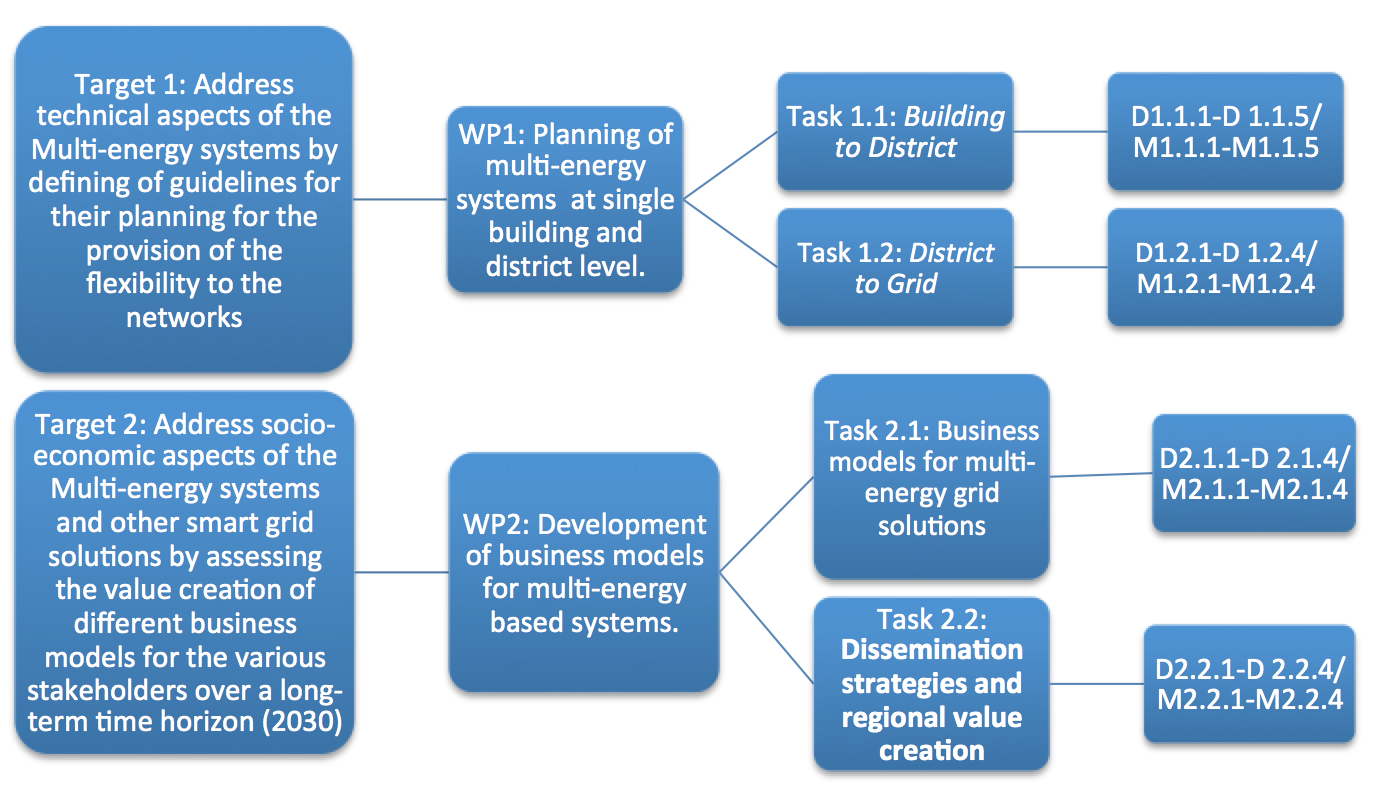
JA Partners
| 1. EPF Lausanne, Industrial Process and Energy Systems Engineering (Prof. Francois Marechal) | |
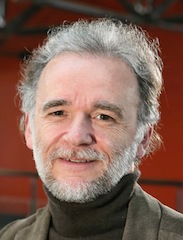 |
The work of the IPESE relates to the design and the thermo-economic assessment of the integration of innovative multi-energy conversion systems as an answer to the 2050 Swiss energy strategy. The work is focused on multi-carrier/multi-energy systems integration considering the geolocalised matching of the heating/cooling and electrical demands, the integration of renewable energy and waste heat resources as well as the storage options. It includes multi-objective optimisation strategies using multi-energy grids connected energy system models that include combined heat and power and heat pumping models, the interactions with the other renewable energy resources models like PVs, wind and hydropower, the urban system demand models the biomass and the solar heat models as well as the waste heat sources models and the mobility usage models. The work also concerns the development of the appropriate key performance indicators to be used in the optimization. |
| 2. EPF Lausanne, Photovoltaics and Thin Film Electronics Laboratory (Dr. Nicolas Wyrsch) | |
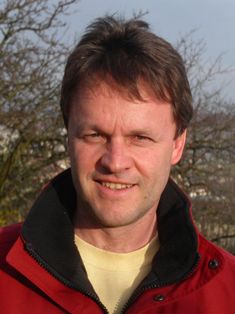 |
I PV-LAB is focused on two items. Concerning the regional systems, the PV-LAB focuses on local electricity production (from PV modules) and local energy storage. The contributions aim at the optimization of PV installations in terms of technology choice and installation designs to improve grid integration. Installation should be dimensioned in such a way to minimize grid load while offering effective peak shaving capability in order to allow for a massive PV integration in the grid at the lowest infrastructure costs. Tasks of PV-LAB comprises simulation of the energy fluxes including the study of transient effects, system and local storage dimensioning and design rules, identification of technical measure for improve demand-side management, analysis of cost/benefit aspects and the evaluation of medium term perspectives (with respect to PV technology and PV market evolution). On large scale systems, the PV-LAB contributes to study the massive integration of PV in the grid and especially in the analysis of the choice (and its related effect) of PV technology and PV installation policy. The production variability (as a function of time and geographical situation) will be studied to highlight or mitigate the needs of storage or conversion into other energy vectors. In this context «less than optimum» PV orientations are studied as a way to improve local or regional self-consumptions. For the later goal, demand-side measures is also investigated. PV-LAB tasks comprise energy flux simulations, cost/benefit analysis and the evaluation of long term perspectives (with respect to PV technology and PV market evolution). |
| 3. ZHAW, Zurich University of Applied Sciences, Institute of Sustainable Development (Dr. Silvia Ulli-Beer) | |
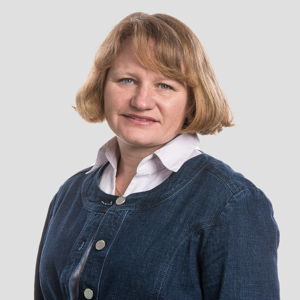 |
The Institute of Sustainable Development (INE) observes technological, economic and social changes and their complex interactions from a sustainability perspective. Using applied research, it identifies future demands on technologies and their future-compatible integration into systems. It concentrates on the following three subject areas:
|
| 4. HSLU, Luzern University of Applied Sciences and Arts – Lucerne Competence Center for Energy Research ( Prof. Christoph Imboden) | |
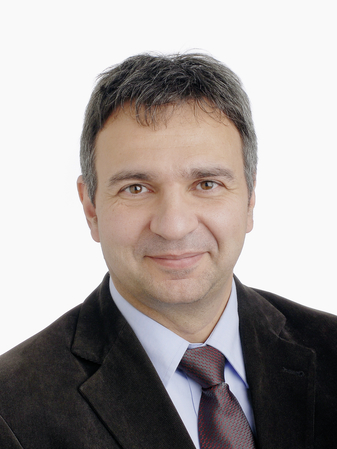 |
The HSLU is actively involved in six of the eight “Swiss Competence Centers for Energy Research” (SCCER). LUCCERNE enhances the sharing of know-how and the cooperation among difference disciplines. The core team doeas research in multi-disciplinary SCCER tasks and supports the acquisition and implementation of multi-disciplinary projects with industrial partners. |
| 5. HSLU, Luzern University of Applied Sciences and Arts – Center for Integrated Building Technology (Stefan Mennel ) | |
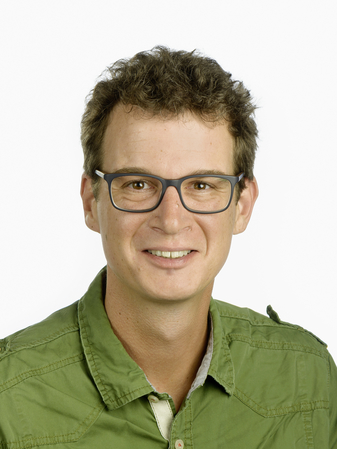 |
The Center for Integral Building Technology ZIG considers building as a whole system. It moves at the interface between traditional engineering disciplines and architecture. |